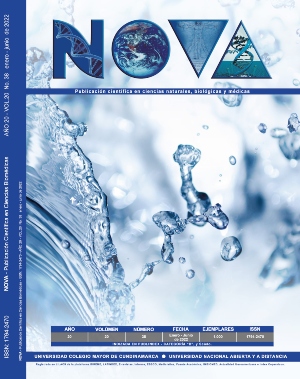Copyright (c) 2022 NOVA Biomedical Sciences Journal

This work is licensed under a Creative Commons Attribution-NonCommercial-NoDerivatives 4.0 International License.
NOVA por http://www.unicolmayor.edu.co/publicaciones/index.php/nova se distribuye bajo una licencia Reconocimiento No Comercial- Compartir igual
Así mismo, los autores mantienen sus derechos de propiedad intelectual sobre los artículos,
Declaración de privacidad.
Los nombres y las direcciones de correo electrónico introducidos en esta revista se usarán exclusivamente para los fines establecidos en ella y no se proporcionarán a terceros o para su uso con otros fines.
Glucose excursions in patients with type 2 diabetes mellitus treated with vildagliptin plus metformin Galvus Met®, versus glimepiride plus metformin -GLOBE-
Glycosylated hemoglobin could under-represent daily fluctuations in blood glucose. Multiple techniques have been proposed to study glycemic variability in order to better understand the metabolic control of the disease. The objective of this study is to compare the glycemic variability measured by MAGE and CONGA in the intervention and control group; In addition, compare the glycemic variability results obtained before and 12 weeks after the start of treatment in both groups. Methods. Phase IV, randomized, multicenter, open-label clinical trial.Forty subjects were randomized to receive vildagliptine plus metformin1 or glimepiride plus metformin for a period of 12 weeks. Continuous blood glucose monitoring was performed before and after the treatment period using iPro2 devices. The results of glycemic variability measured by MAGE, CONGA and DET were compared. The safety and tolerability profile of the interventions was compared. Results. The use of GalvusMet®️ or glimepiride plus metformin for 12 weeks in diabetic patients with poor glycemic control was associated with a statistically significant reduction in glycemic variability (Wilcoxon p-value <0.005) and HbA1c (Wilcoxon p-value <0.005) in both groups; however, insufficient evidence was found to determine the superiority of the treatments. No differences were detected in the safety or tolerability profile of the drugs. Conclusions. The results of the study suggest that the evaluated treatment regimens are equivalent. Additional studies are required to determine the clinical significance of the results.









